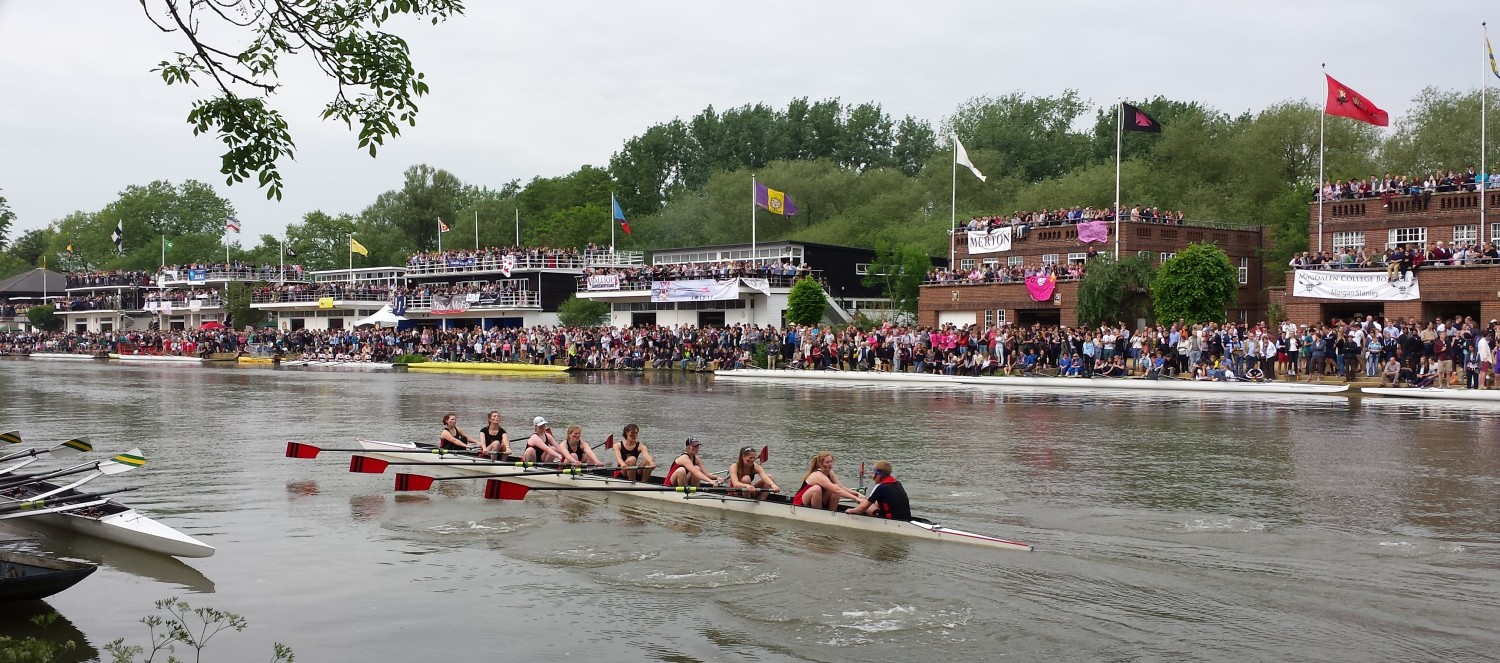It’s the Coach’s Fault
By Howard Aiken
I regularly coach squads of adult beginners in sweep-oar rowing. From their very first session in the rowing tank I insist that they change seats regularly to ensure that they row on ‘both sides of the boat’. I also insist that, for them, the correct answer to the question ‘Which side of the boat do you row?’ is ‘Both’. For this I must thank the coaches who taught ME to row, through whom I learned that to be the best rower I could be, I should aim to be able to row in any seat in any boat, whether sweep oar or sculling. No beginner ever leaves one of my courses saddled with the impression that he or she can only row on one side.
By way of contrast, I meet and coach many novice rowers who, while they may have been rowing for only a couple of seasons, have apparently always rowed as ‘stroke-side’ or ‘bow-side’ and are convinced that they can’t row on the other side. Many of these ‘one-side only’ rowers identify themselves as ‘bow-siders’ or ‘stroke-siders’ with a kind of pride which goes way beyond any idea of ‘preference’. It is not that they simply ‘prefer’ to row one side or the other. They are bow-siders or stroke-siders in the same way that they are male or female and suggesting that they change sides for an outing is actually offensive to them.
It really isn’t their fault. I blame lazy coaches whose lives are made easier if rowers are always on the same side (or even in the same seat!). Coaches save themselves some work if they only have to teach rowers to row on one side and so they go on producing generation after generation of one-armed rowers.
Let me be clear. Human beings are not perfectly symmetrical and we all differ in the degree and orientation of our asymmetry. So it is perfectly natural that when it comes to rowing, many of us will have a preference for one side of the boat or the other. A preference is not a problem. Convincing perfectly healthy athletes that they can ONLY row on one side IS a problem. These rowers are in effect being ‘disabled’ by poor coaching. I put the word ‘disabled’ in inverted commas here because I’m using it as the opposite to ‘enabled’, but coaches and rowers alike should be aware that years of rowing on only one side carries real risks of exacerbating an existing asymmetry, with adverse consequences for the rower (http://bit.ly/1ibjVkR, http://bit.ly/1lxnFAZ).
Of course most coaches aren’t doing this deliberately. They are doing it because no-one is complaining about it. By the time the rower is suffering the consequences of always rowing on the same side the coach who caused the problem is long gone. Well, in my view, the time has come to complain. Coaches need to put their rowers’ long term health before their inclination to take the shortest route to seat allocation. They need to take pride in producing capable, adaptable rowers able to perform well on either side. Sweep-oar rowers need to start taking responsibility for their own health and actively volunteering to change sides regularly. If, in your regular competition boat, you always row on one side, use every oportunity to establish yourself in the coach’s mind as “useful in any seat”. It won’t take long. Most of the rest of the crew will stick with their ‘favourite’ side and your coach will be grateful for someone willing to be flexible when substitutions have to be made due to absences or injury.
Sadly, there are rowers out there for whom this advice may already be too late. They are already convinced that they simply can’t row on the other side of the boat. Never have, never will. For the rest, the most difficult part of this proposal is getting ill-advised (i.e. badly-coached) rowers to let go of the idea that identifying themselves as exclusively bow-side or stroke-side is some kind of badge of elite specialist status. Have a preference by all means, but appreciate that to be the best rower you can be, you should be able to row well in any seat.
And if your coach actively opposes your aim to be the best you can be (surely a vanishingly small probability), find yourself a new coach.
